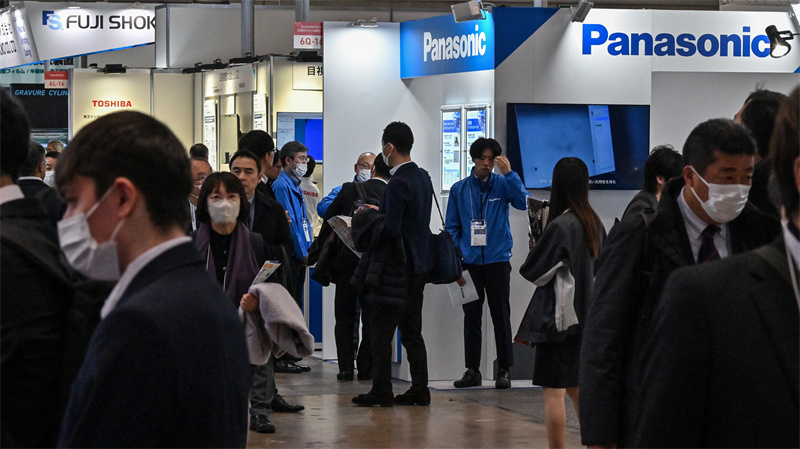Microsoft and Panasonic have both announced significant workforce reductions in Asia, signaling ongoing restructuring efforts amid shifting global priorities and economic headwinds.
In China, Microsoft's Shanghai R&D operations have reportedly begun a new round of layoffs, drawing widespread attention online. Multiple sources suggest that some affected employees received severance packages as high as N+8, with veteran staff reportedly receiving up to 20 months' salary. Under Chinese labor law, typical severance packages range from N to 2N, where N is the number of years the employee has worked.
The cuts are part of Microsoft's broader global restructuring. After eliminating 1,900 jobs in its gaming unit and further trimming Azure cloud staff in 2024, the company has shifted its focus to Asia in 2025. Sources familiar with the matter say the latest Shanghai layoffs target underperformers and select R&D positions. Additionally, Microsoft is evaluating deeper cuts among middle management and non-technical roles, in an effort to increase the ratio of engineers to managers and streamline team structures.

Meanwhile in Japan, Panasonic Holdings announced on May 9 that it will lay off 10,000 employees, or about 5% of its global workforce, as part of a sweeping operational reform plan. The company will cut 5,000 jobs in Japan through voluntary retirement and another 5,000 overseas, primarily in fiscal 2025 (ending March 2026).
Panasonic expects to incur ¥130 billion ($840 million) in restructuring costs related to the layoffs, leading to weaker-than-expected earnings guidance for FY2026. The company forecasts FY2026 revenue to fall 7.8% year-on-year to ¥7.8 trillion, with operating profit down 13.2% and net income declining 15.3% to ¥310 billion, below analyst expectations.
The restructuring follows Panasonic's February plan to split its consumer electronics subsidiary and exit unprofitable businesses like TVs. The company aims to raise its adjusted operating profit to ¥600 billion in FY2026 through streamlining and business consolidation.
While Panasonic acknowledged potential headwinds from newly announced U.S. tariffs, it said its U.S. exposure—¥1.57 trillion in revenue for FY2025—should limit the impact to less than 1% of group revenue, given its local manufacturing footprint.
Together, the layoffs reflect broader trends in the global tech industry, where companies are aggressively optimizing operations amid rising costs, AI investments, and evolving geopolitical pressures.
+86 191 9627 2716
+86 181 7379 0595
8:30 a.m. to 5:30 p.m., Monday to Friday
